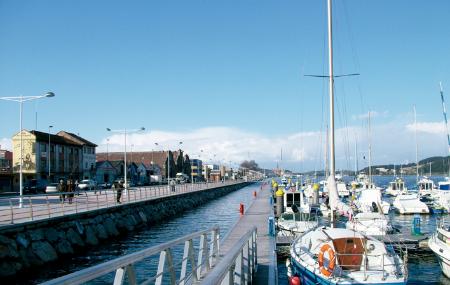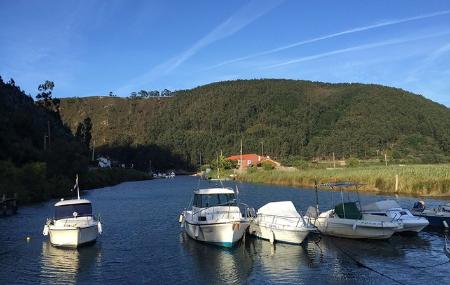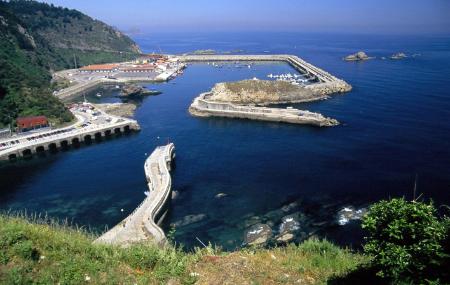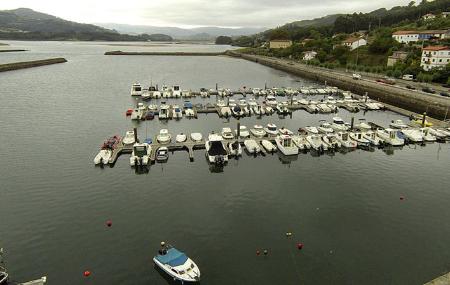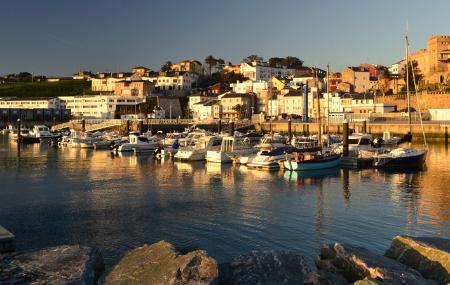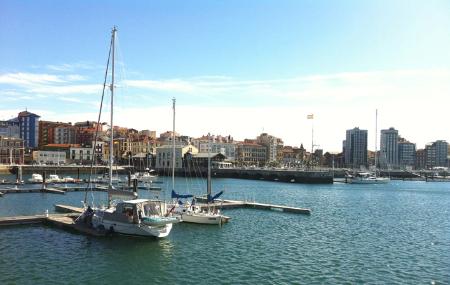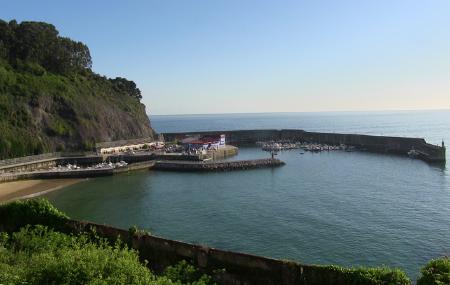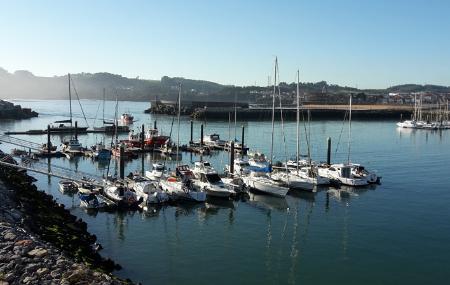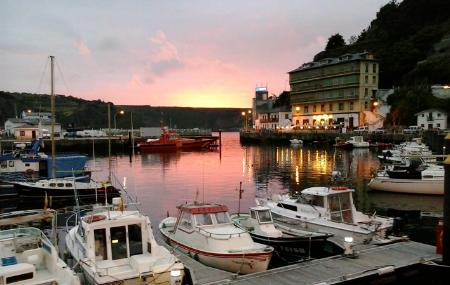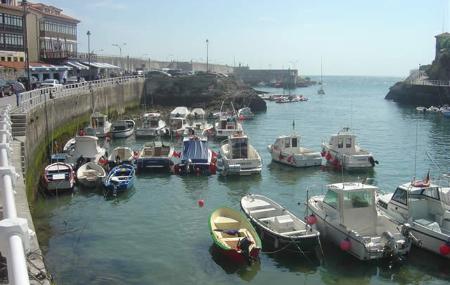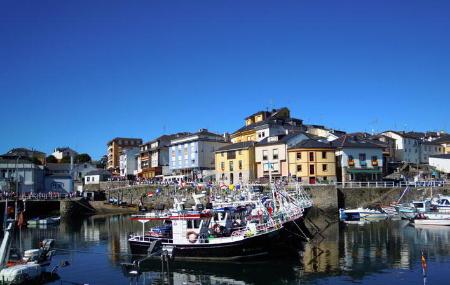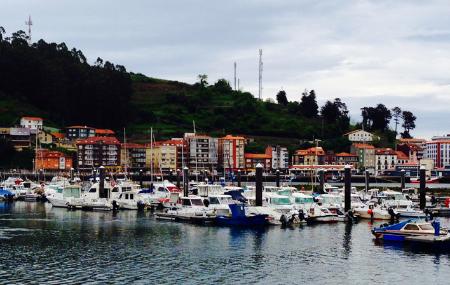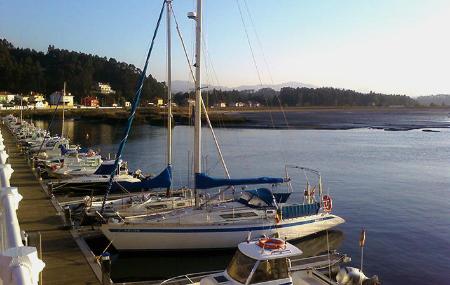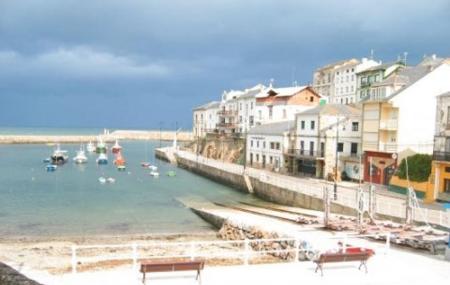Would you like to experience the Cantabrian sea? Delve into the stories and professions of this enigmatic coast bathed by waters that offer unforgettable experiences. Demonstrate your fishing skills, visit a market and witness the peculiar selling system, learn the preservation methods of sea products and get closer to areas of oyster cultivation and the fish farms, natural pools to keep the fresh fish and seafood alive that you can taste at the table.
The sea has been a source of wealth for families of fishermen and seafarers, becoming one of their main economic resources since whale hunting. In any of the towns, you can get closer to the traditional profession and enjoy different types of sport fishing in the Cantabrian.
Into their ports, over one hundred and fifty different species of fish arrive, such as long-finned tuna, xarda (mackerel), jack mackerel pixín (monkfish), black seabream, white seabream, hake, red mullet; seafood such as spider crab, barnacles, bugre (lobster), winkles, ñocla (brown crab), andarica (velvet crab), and cephalopods such as octopus, squid and cuttlefish. The work of the elver fishermen should also be pointed out in the rivers, at its mouth, in the estuaries, carried out mainly in the dark hours in the autumn and winter months. The profession, the equipment and the products of the sea inspire centres of tourist interest such as the Maritime Museum of Asturias, in Lluanco/Luanco, and the interpretation centres "Historias del Mar", in Puerto de Vega and "Puerta del Mar", in L'Arena.

From the Tina Mayor estuary to the Eo estuary, delve into the lifestyle of numerous Asturian generations.
The water of the Cantabrian enters and leaves constantly from the farm pools, which guarantees that the seafood feels like it is in its own habitat and guarantees the best quality. This is where the best products are. A visit to the farm at Antromero (Gozón) is a good opportunity to take away the freshest seafood.
We also recommend a visit to the Eo estuary oyster cultivation centre, on the coast at Castropol. An area of great ecological value where this natural richness is made use of to install the grills and set up the oyster enclosures. The Cantabrian bathes them twice a day. The hours without water enable the molluscs to develop an important muscle to keep themselves closed. This means it is not necessary to give them any nutrients. Their growth process until collection is completely natural. Thus, a product goes out to the market with unbeatable gastronomic qualities. The cultivation of seafood also stands out, mainly of fine clams, in the Villaviciosa Estuary.

Added to its purely fishing-related work was its defence of the ports against attacks by pirates and foreign troops, as well as its collaboration in the transportation of passengers and merchandise to America. Throughout the Asturian coast, you will find eighteen associations with important work and social activities. From West to East, the calendar is teeming with festive events with a great turnout organised by these groups, mainly in the summer months.
Many of these brotherhoods manage the rulas, the first point of sale after unloading the product from the boats. You will witness a fantastic experience in markets such as the Avilés one and Puerto de Vega market seeing up close how the downward selling system works, where the price of the fish and seafood from the Cantabrian is lowered by small increments until a final buyer fixes the sale.
Sailors make important decisions for the guild in the brotherhoods. They promote traditional fishing, care of the marine environment, good practices and responsible exploitation, and the freshness of the catch.
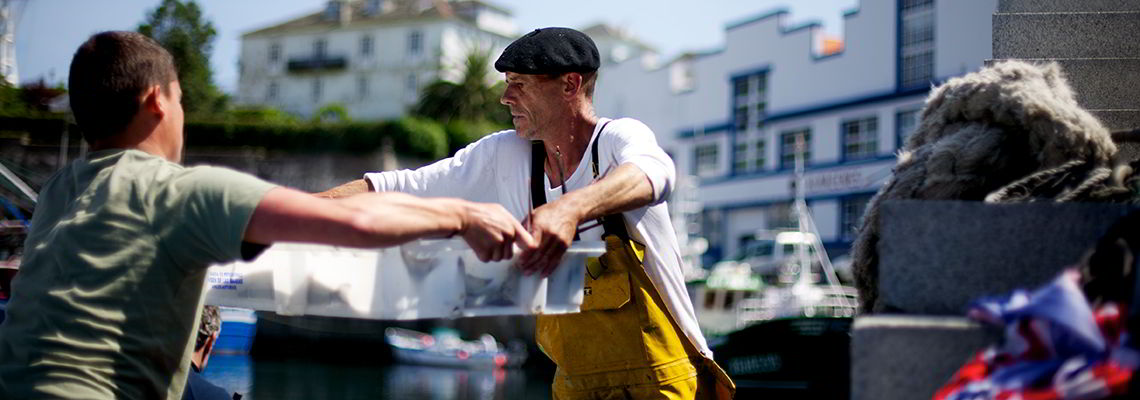
Traditional handmade procedures, such as curing, brine and vinegar allowed the canning industry to install itself in practically all the Asturian ports, mainly with a female workforce. Making the most of the unbeatable raw material from the waters of the Cantabrian, the great rise was brought about thanks to railway communications and the appearance on the market of tin containers. This encouraged the establishment of large businesses on a national level that today share the market with small manufacturers.
The industry's broad selection will allow you to taste everything from traditional long-finned tuna in the North, sardines, anchovies, mussels and octopus, to oricio caviar and spider crab pâté, red scorpionfish or bugre, to cite just a few of the many types. Take the opportunity to taste the products of the largest factories in Gijón/Xixón, Avilés and Candás, with a permanent exhibition on the canning industry in an old factory, as well as small-scale production in Tapia, Cudillero, Llastres and Ribadesella/Ribeseya.
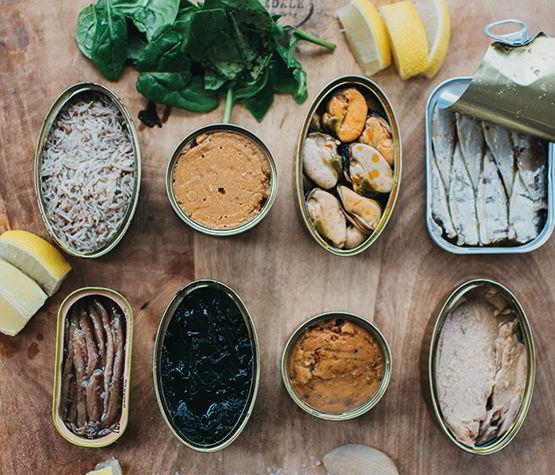
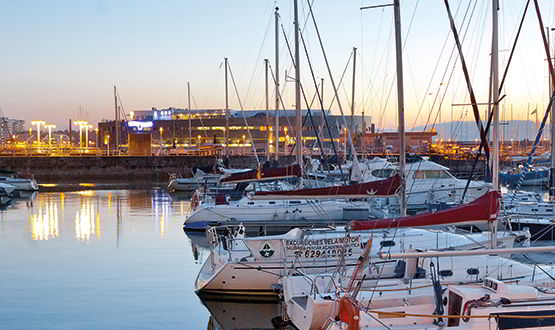
The ports of Avilés and Gijón/Xixón are the most important in the Principality. They stand out due to the volume of boat arrivals and catches. They are situated in the first positions on a national level due to their traffic and they offer different docks for mooring. The Avilés one, of medieval origin in the beginnings of which, it was distinguished by its monopoly over the unloading of salt, has docks for commercial, fishing and recreational use. The latter activity is carried out very close to the Niemeyer Centre, a magnificent complex from an architectural as well as a cultural and artistic point of view. Industrialisation marked the growth of El Musel, in Gijón/Xixón, dedicated also to commercial, transport of merchandise and travellers and fishing activities. The most populated city of Asturias keeps its strong link with the Cantabrian alive, embodied with particular charm in the fishing neighbourhood of Cimavilla.
Smaller in size, other seaside spots stand out such as Puerto de Vega, L.luarca, Cudillero, Lluanco/Luanco and Candás. In the Eastern wing, Tazones, Llastres, Ribadesella/Ribeseya and Llanes will also fascinate you. You can enjoy the uniqueness of each one and delve into the ancestral relationship between these towns and the Cantabrian. On the marinas, ideal for mooring and enjoying the sea.

